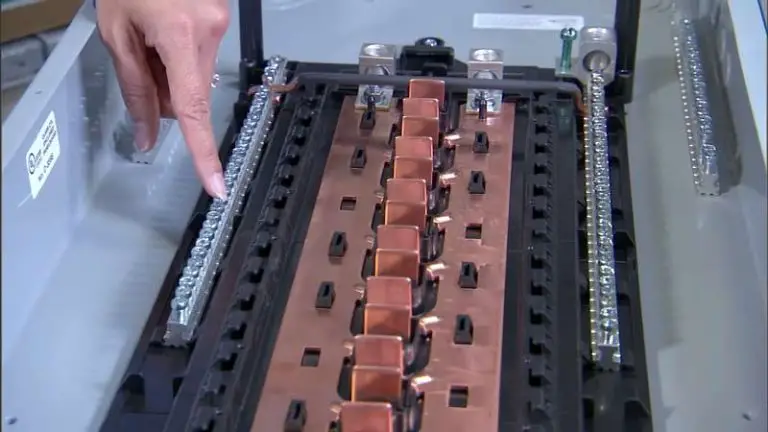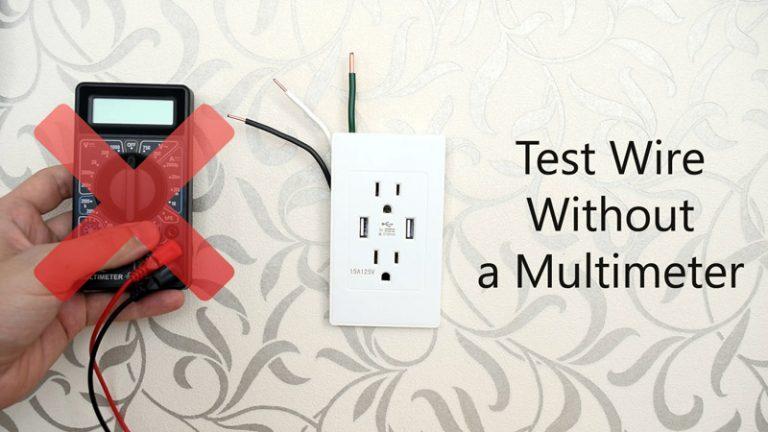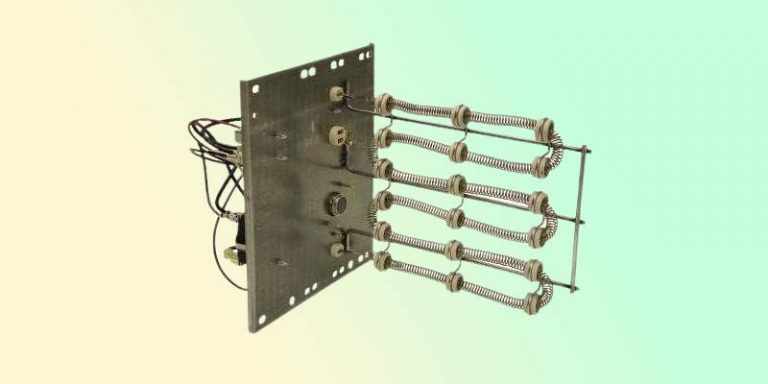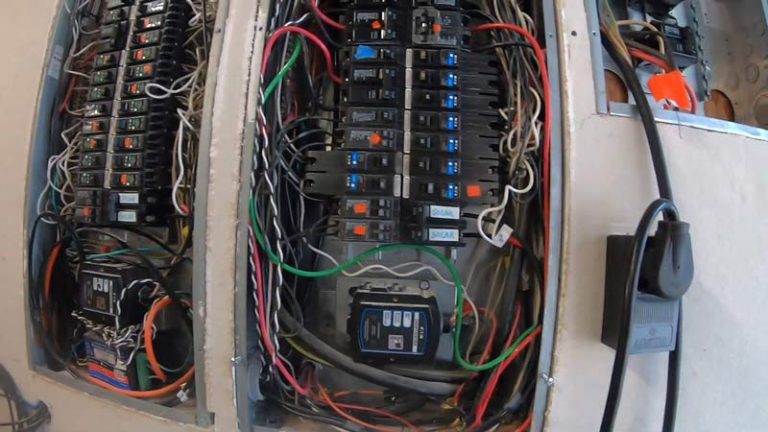How Do You Use A Circuit Tester
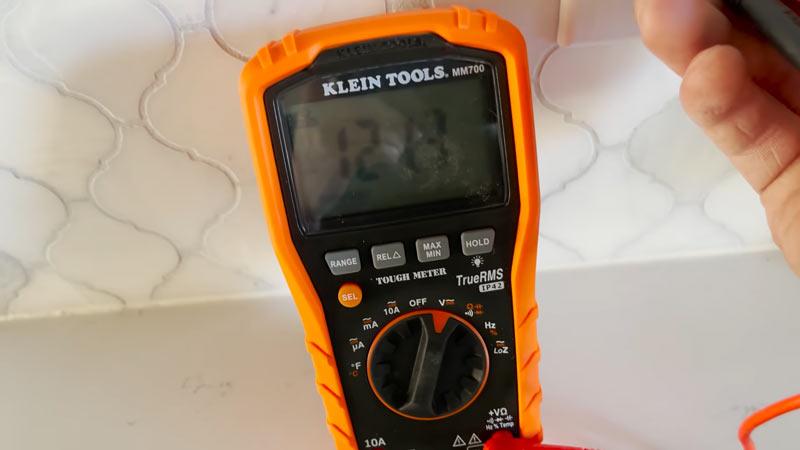
When you find the right wire in your home’s circuit, it is time to switch. The neutral wire should be connected to the ground (black) lead on the switch plate.
Make sure that the power cord is plugged in and switched on by checking for a light bulb blink when you press any of the switches near it. After verifying everything is working as intended. Take note of where each wire goes next so you can do this task again down the line if necessary.
You'll Learn About
How Do You Use A Circuit Tester?
If you’re having trouble with a switch, it’s probably because the circuit is closed or open. To fix this problem, use a circuit diagram to identify which wire corresponds to which switch and make the connection accordingly.
Check whether power is flowing by plugging in your power cord and turning it on – if everything works now, your problem was most likely caused by an incorrect wire connection. If all of these steps fail to solve your issue entirely though (or if you want extra assurance), try switching off one light at a time until you find the faulty bulb…then re-connect that wire.
And finally: remember that even when something seems like it should work perfectly. There may be some quirks lurking beneath the surface. So keep trying different methods until you hit upon the right one.
Switch is Working
If you have a new electrical switch, it’s important to test it before installing it. There are various ways to use a circuit tester-check the manual that came with your device for more information.
It can be helpful if there is an emergency situation in which you do not know what breaker or fuse has been turned off by someone else; using the circuit tester will tell you this quickly and easily.
In addition, using a circuit tester regularly helps identify potential problems with your wiring system so they can be fixed before they cause major issues down the line-saving both time and money in the long run.
Remember that testing your switches isn’t just about safety: it gives peace of mind when making big renovations or changes to your home’s electrical layout.
Circuit Is Closed
A circuit tester is a handy tool to have in your home if you’re ever experiencing an electrical issue. It’s important to know how to use it before getting stuck on the phone with a service technician.
Make sure all of your circuits are closed before using the tester and be aware of any hazards that may come from testing them incorrectly. Be prepared for some noise when running the tester, and be patient—it can take some time for results to appear on the screen.
If there’s anything suspicious about your wiring, don’t hesitate to contact a professional.
Circuit Is Open
Checking the circuit breaker is important to ensuring that your home stays safe and secure. To test a circuit, use a simple tool called a circuit tester.
Check for continuity by touching two wires together or placing an ohmmeter across the terminals of an appliance or device. If there’s an issue with your electrical system, call an electrician as soon as possible to rectify it.
Circuit” doesn’t just mean switches and outlets – any closed path in your house can trip circuits if not properly protected.
Neutral Wire is Connected to the Ground
To use a circuit tester, you need to have the correct equipment and know-how to operate it. You should first check for power by turning on all of the lights in your home or office.
Next, locate the breaker that corresponds with the circuit that needs testing, and turn off all other circuits in that area before checking them with the circuit tester. The most common problem when using a circuit tester is incorrect wiring – make sure you are connecting wires correctly.
If there is an issue with a wire or switch plate, replacing either one will fix the problem and prevent further damage from occurring
Power Cord is plugged in and Switched On
To test whether a power cord is plugged in and switched on, use a circuit tester. When testing cords, be sure to observe the polarity markings on the plugs and keep track of which end goes into which socket.
If you are not confident in your ability to identify an appropriate outlet for your appliance or tool, ask someone else for help before beginning your test. Make sure that all appliances and tools are unplugged when you begin your test to avoid potential injuries from accidental start-ups/shutdowns during testing procedures.
Use caution when using a circuit tester; improper use could result in electrical shock or fire
The Light bulb will blink
When replacing a light bulb, it is important to first check the circuit breaker. If the breaker is not tripped, you can use a circuit tester to determine which wire in the socket is bad.
The blinking light on the circuit tester will let you know which wire needs to be replaced and where it goes in your home electrical system. You can also use a circuit tester when diagnosing other wiring problems such as short circuits or blown fuses. A good way to remember how to use a Circuit Tester? Blink-Blink.
How do you check wires in a circuit tester?
If you need to check the wires in a circuit, you can use a circuit tester. This device has many ports and slots that allow you to test different parts of the circuit.
Connect the tester leads to the appropriate wires
Make sure that you connect the test leads to the correct wire in your circuit. Test each lead for voltage and make sure all circuits are complete by testing for voltage at each junction.
Turn on the power and test for voltage
Once you have connected everything, turn on the power and check for voltage. Make sure that all circuits are working correctly before moving on to the step.
Test for voltage at each junction
To ensure that all wires in a circuit are tested, try testing them with a voltmeter or continuity tester. Touch each lead to another wire firmly and measure how much resistance is present between these two points. If there is an issue with any of these wires, it will show up as a fault during this step of your test procedure.
How do I test if a wire is live?
When you’re working on your car, it’s important to test each connector and wire for live power. This is especially important when you’re working with electrical tools like a screwdriver or drill.
If you accidentally touch a wire while testing the voltage, you could damage the circuit board or worse. To test if a wire is live, you will need to use a voltage tester. This device can be used to measure the electrical current flowing through an electrical wire.
Make sure that the current flow is not interrupted before testing the wire by using an insulated tool. When working with live wires, always use caution and ensure that you are properly protected from electric shock. Touching or stepping on live wires without proper protection can result in serious injury or death.
Electric equipment should never be tampered with unless you have first obtained help from a qualified technician as doing so may void your warranty and cause irreparable damage to your appliance/device.
How do you test if a wire is live without a tester?
There are a few ways you can test if a wire is live without using a tester. One way is to use an ohmmeter. Another way is to touch the wire with your finger and see if it sparks.
Check The Voltage
To test if a wire is live, you will need to check the voltage. To do this, you will need to touch the wire to the ground and see if there is a pulse. If there is a pulse, then the wire is live and can be used in your circuit.
Touch The Wire To Ground
Once you know that the wire is live, it’s important to make sure that you connect it back up properly by touching it directly to the ground again. Doing so will confirm that your circuit works as intended.
Disconnect The Wire From Its Socket
If everything checks out and you still have doubts about whether or not the wire is live, disconnecting it from its socket and then touching it to the ground once more can help clear up any possible confusion present in your wiring diagram or schematic.
If There Is No Pulse, The Wire Is Dead
In cases where you are certain that the wire isn’t alive (due to lack of voltage or an incorrect connection), then checking for pulses won’t provide any additional information – in these cases, the wire would need to be replaced according to the manufacturer guidelines before anything else could be done.
To Recap
A Circuit Tester is a handy device that can be used to check the functionality of electronic devices. It has multiple ports, so it can be used to test different components on an electronics circuit.
The Circuit Tester also has a LED display which makes it easy to read and interpret results. If you’re troubleshooting electrical systems, it’s worth exploring what E5 means on a Hisense air conditioner, as error codes can provide valuable clues. Additionally, understanding Toro Hypr Oil 500 substitutes can help you maintain your equipment. For more tips, check out Snapper Pro S200xt problems and solutions.

